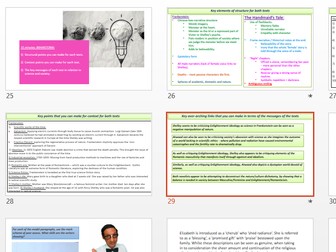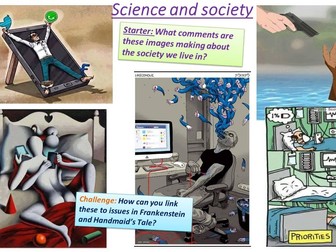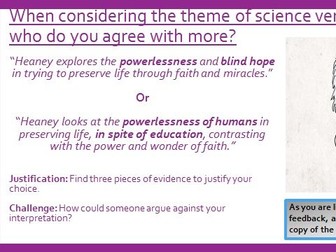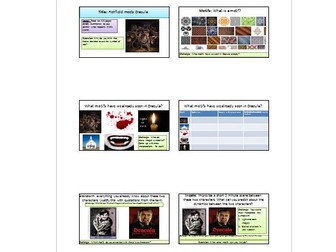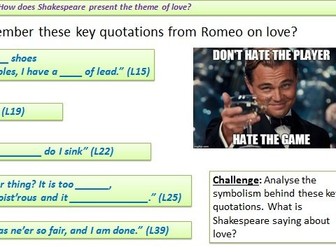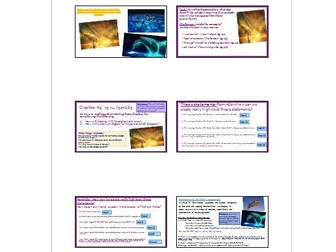Frankenstein and The Handmaid's Tale revision pack
This revision pack is designed to help students taking the Edexcel A-Level exam comparing Frankenstein with The Handmaid's Tale.
The revision pack includes:
1) Comprehensive essay plans for practice exam questions (issued by the exam board) .
2) Model responses and how they relate to the mark scheme.
3) Lists of contextual factors which could be discussed for both texts.
4) Ideas for structural points to be made for both texts.
5) Over-arching thematic comparisons.
6) Key terminology.
The full units of work (with lesson ppts for Frankenstein and Handmaid's Tale are also available for download).
Frankenstein ISBN number: 978-1-85326-023-0
Handmaid's Tale ISBN number: 978-0-099-74091-9
